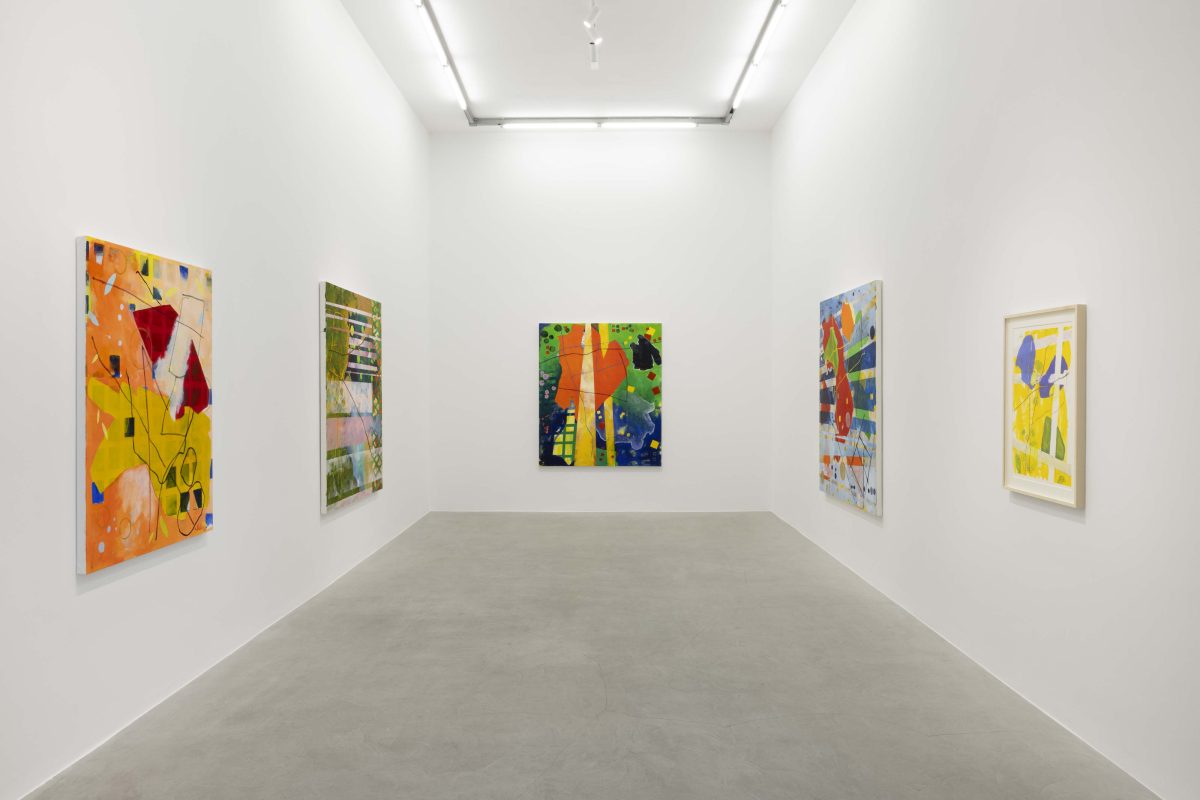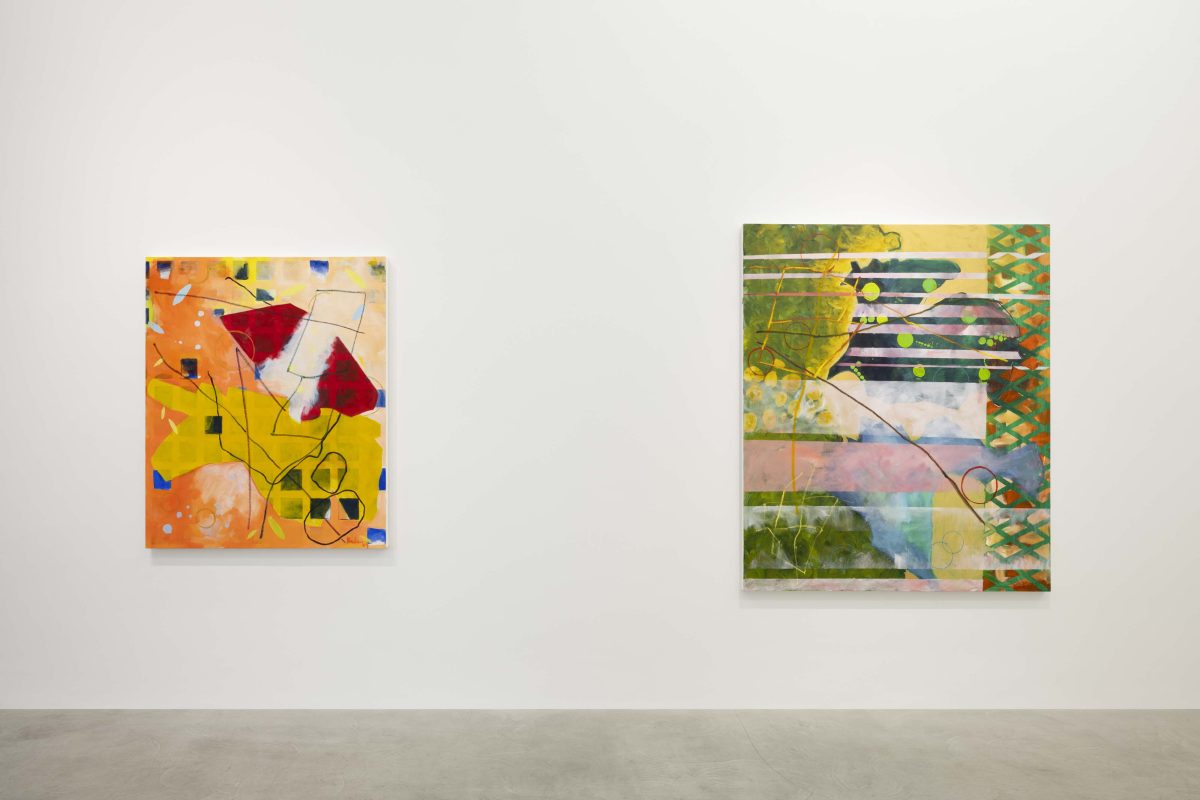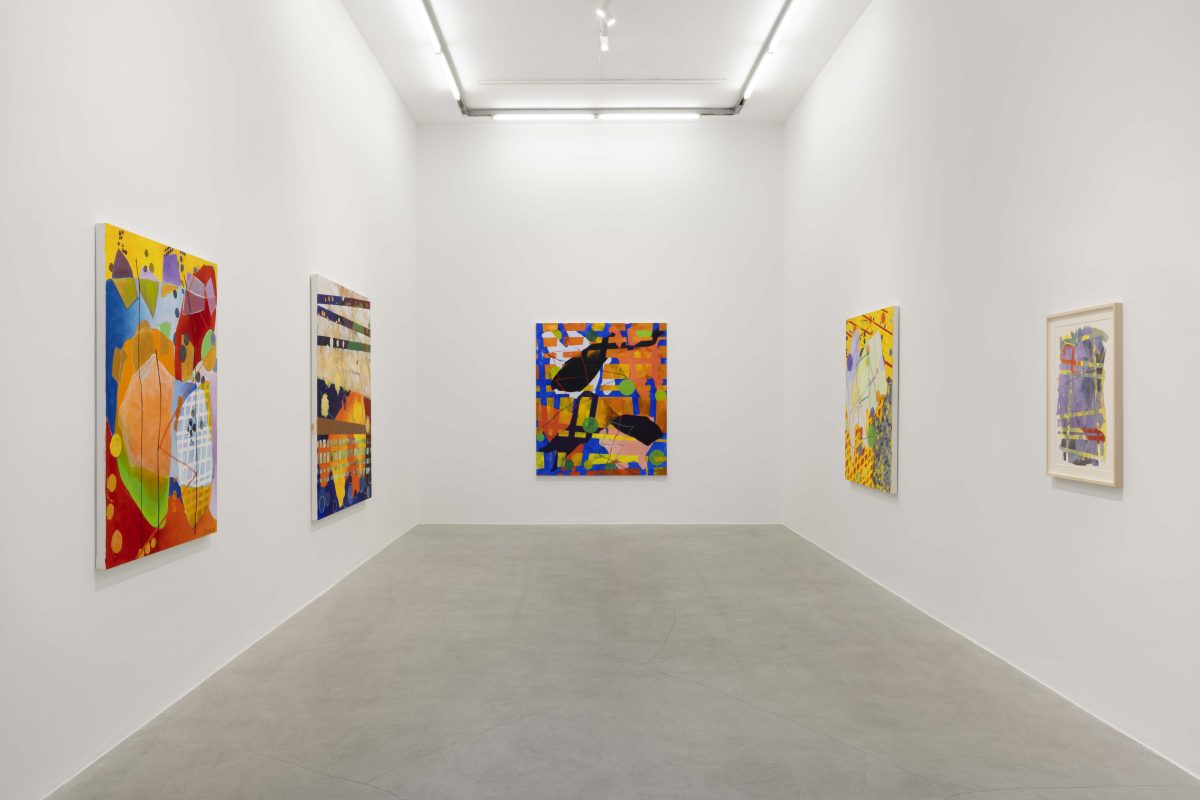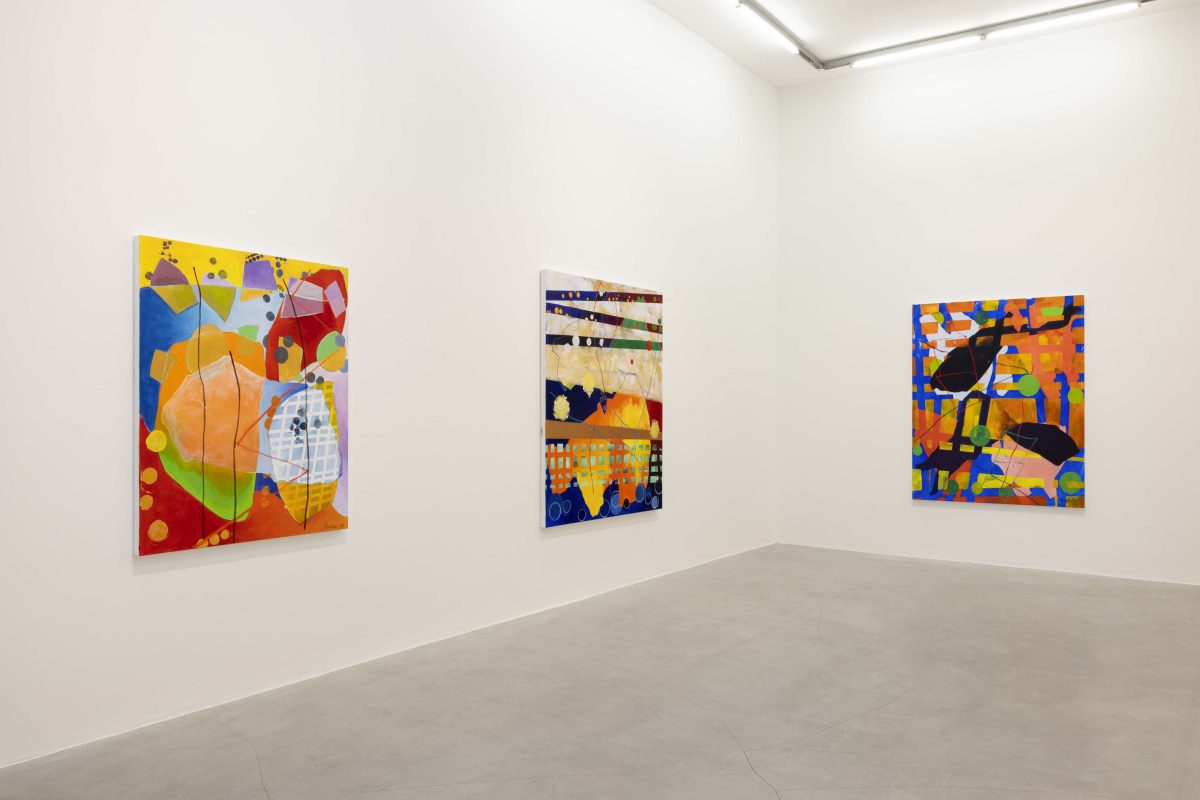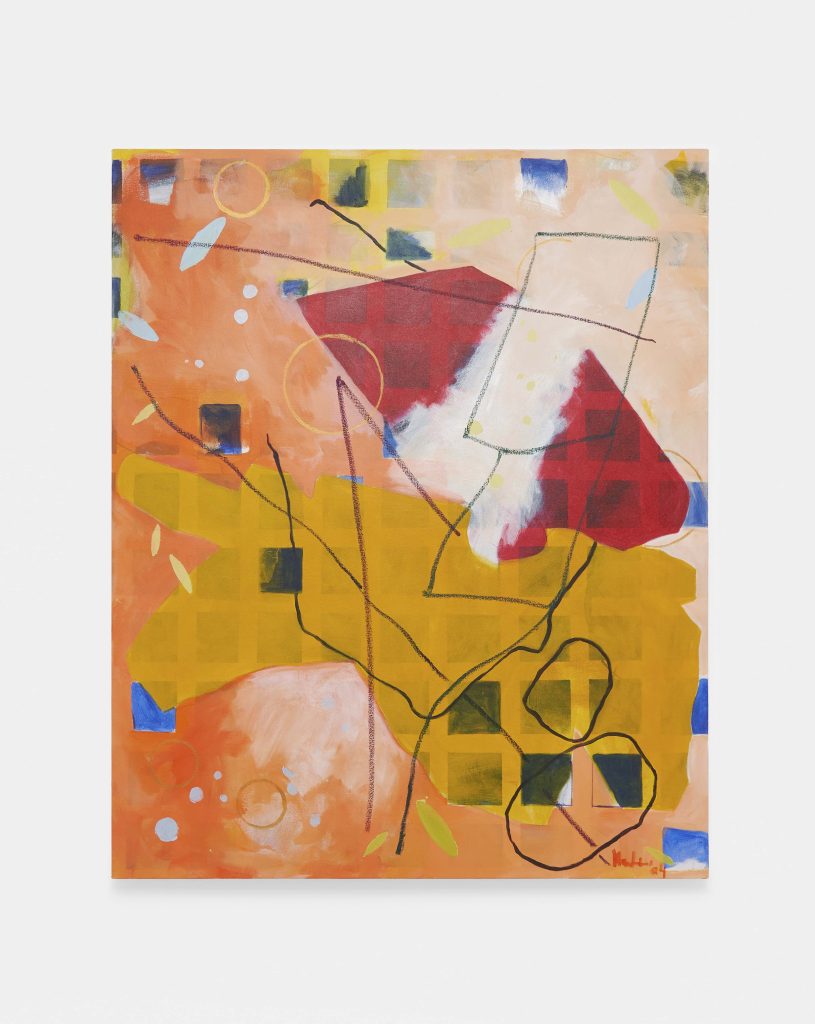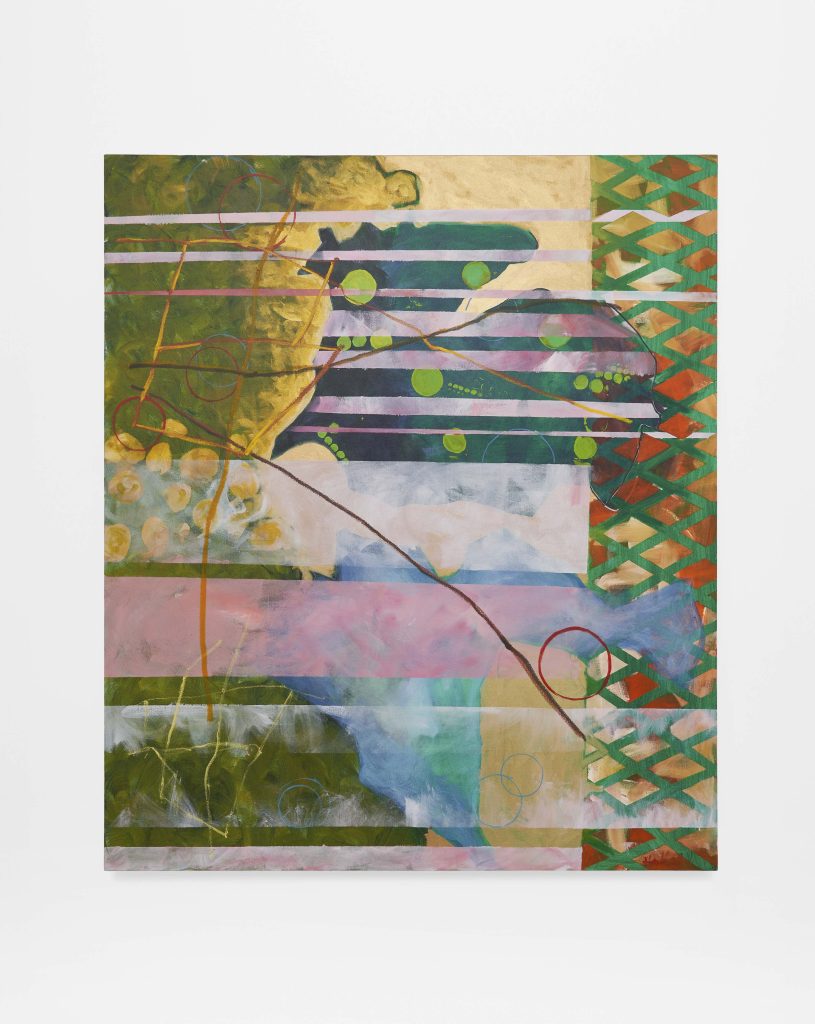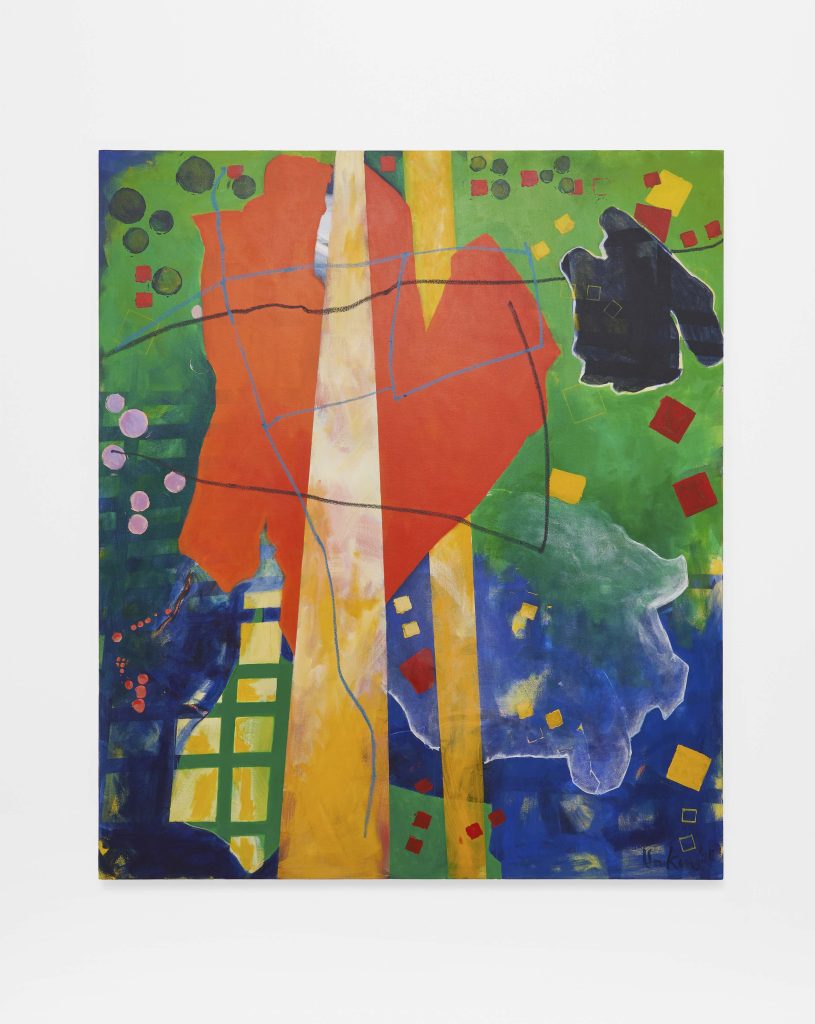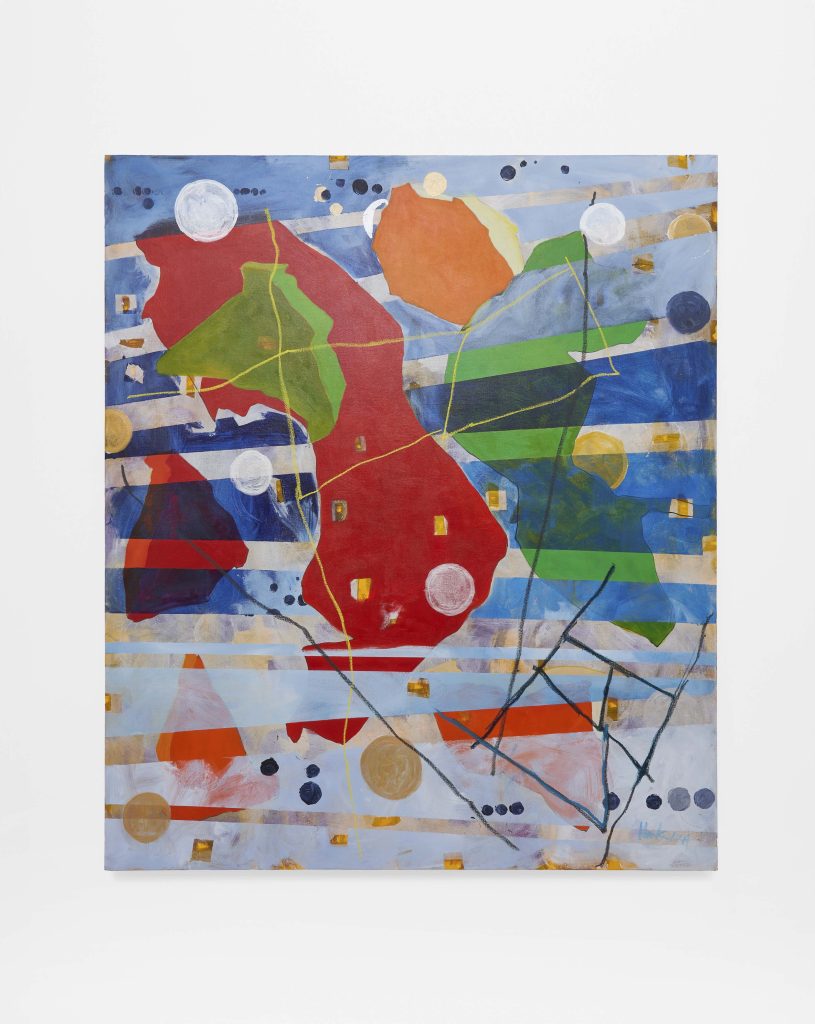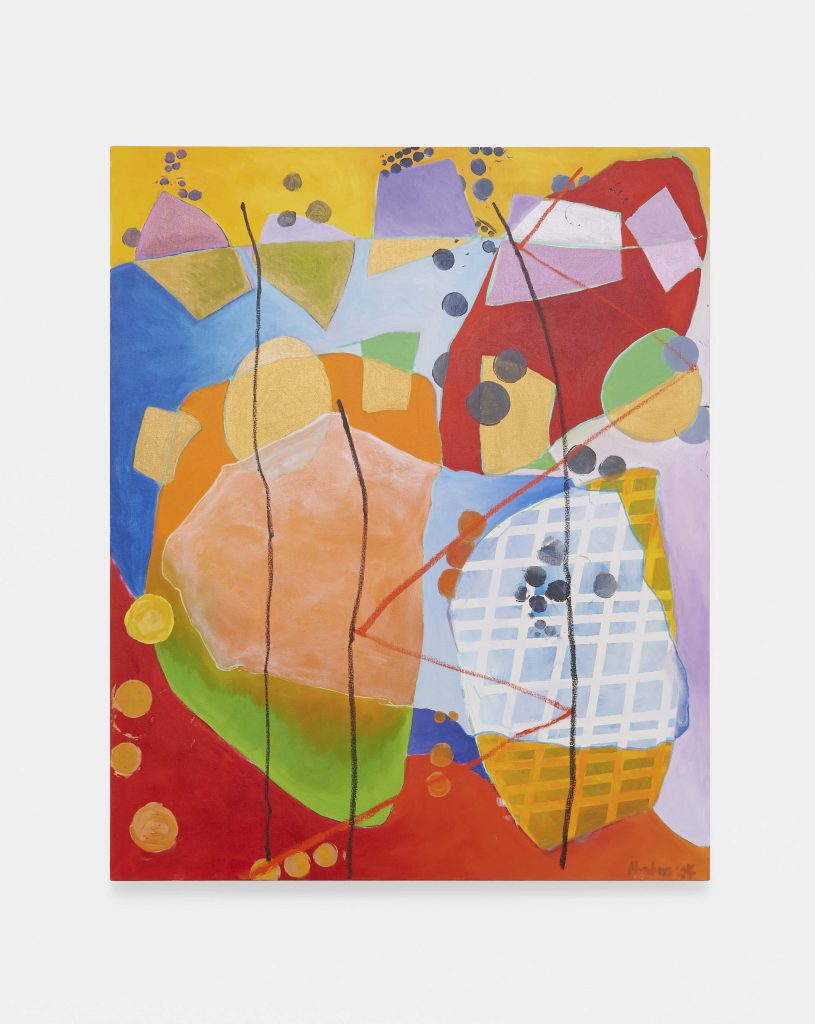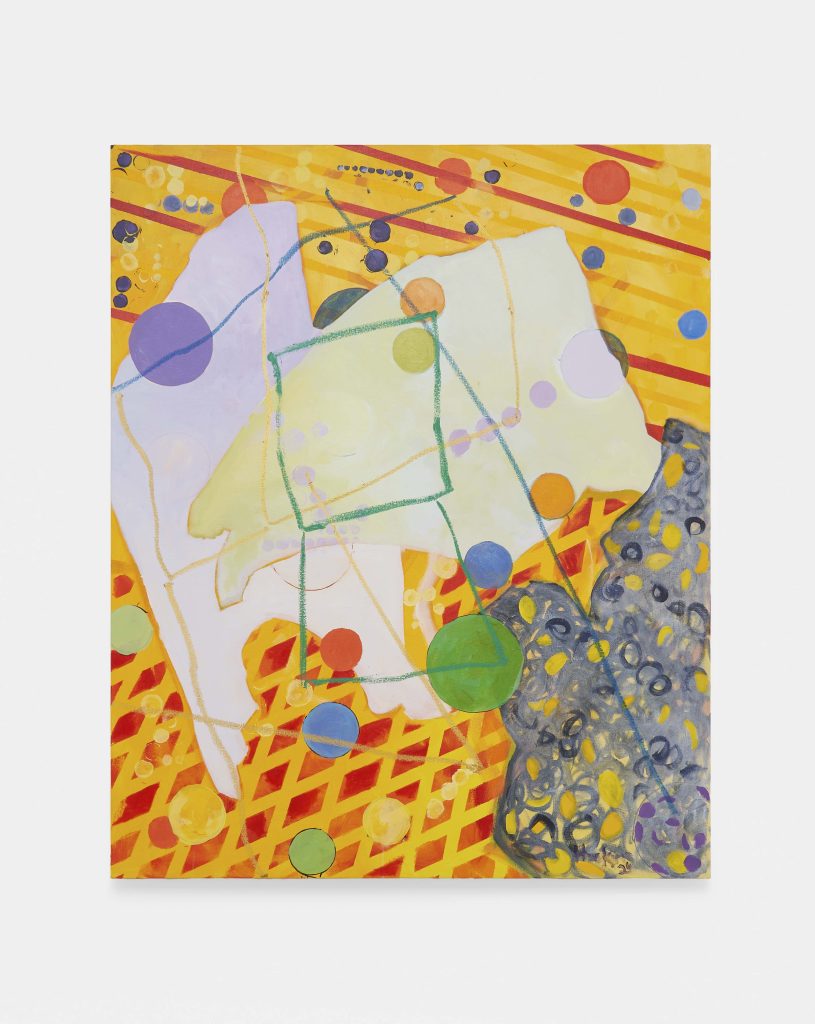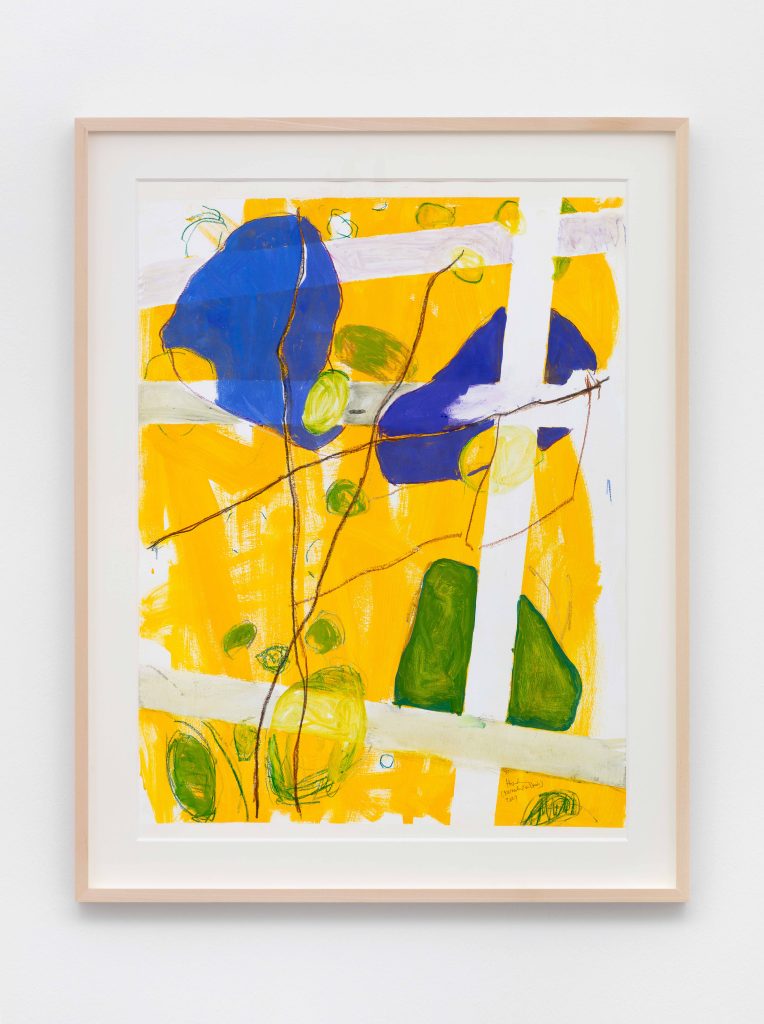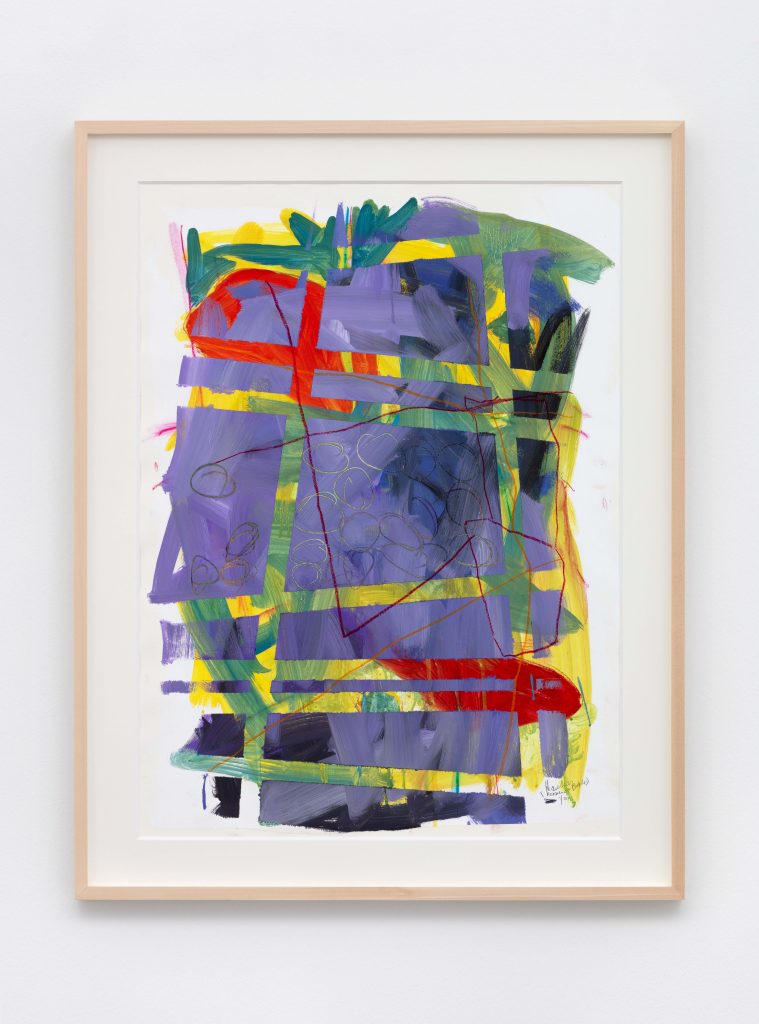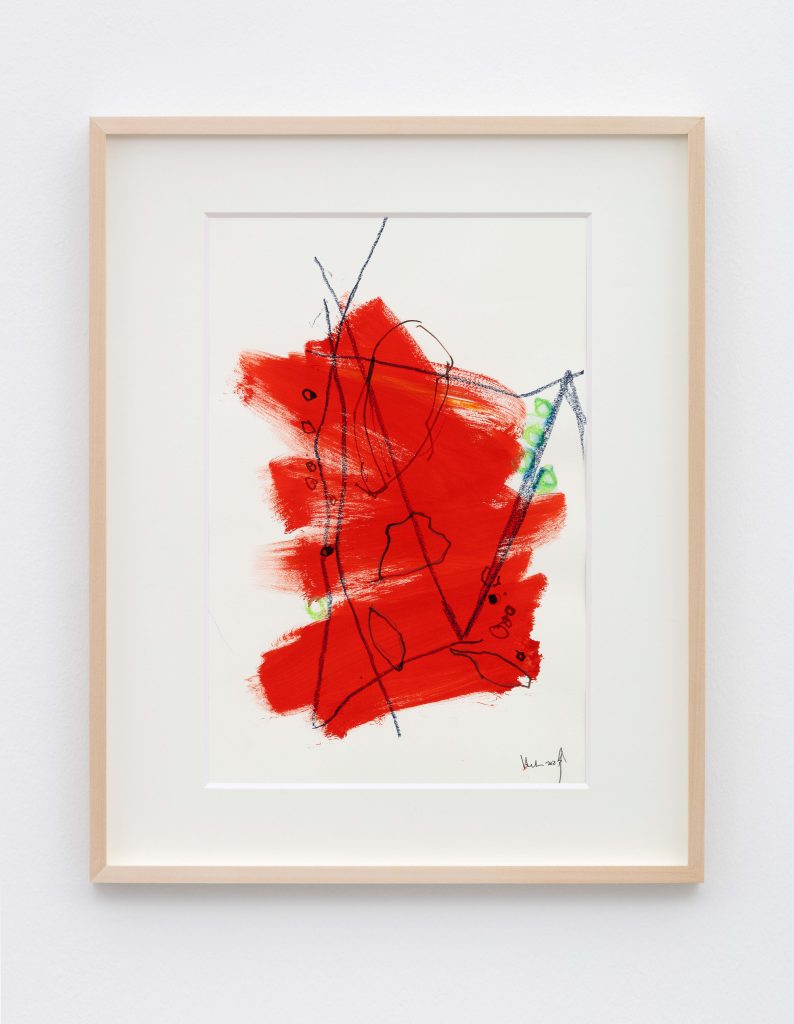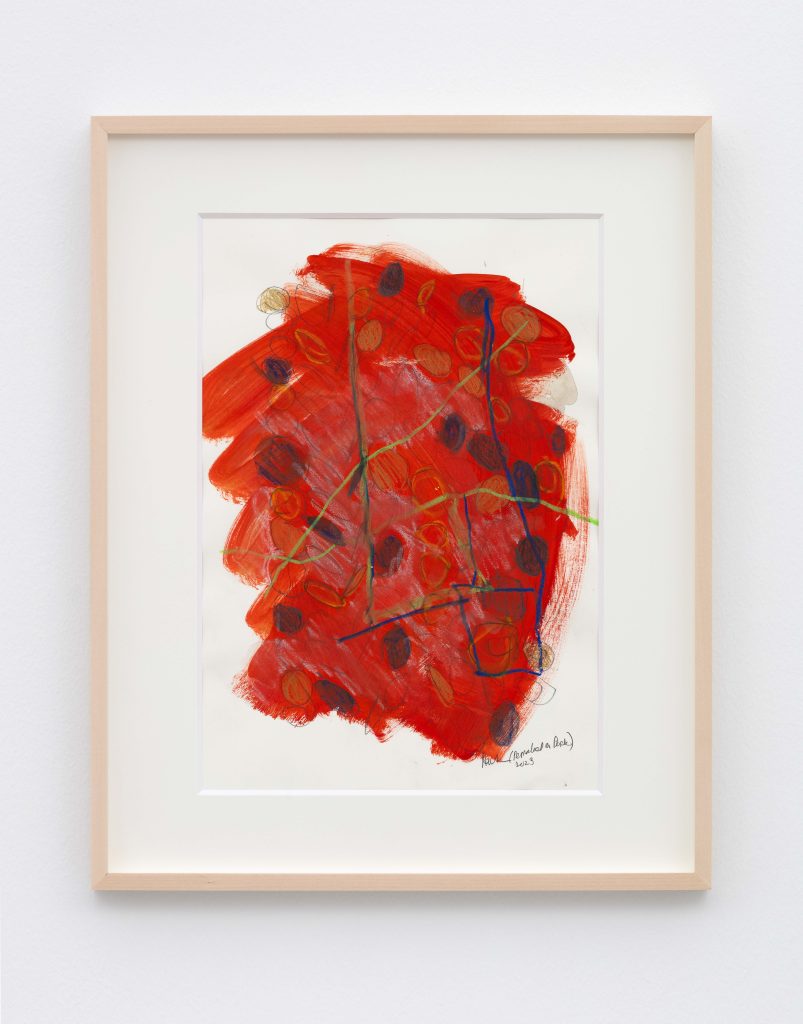
Wander/Wonder: Maps Necessary for a Walk in 4D
[ Press Release ]
[ Comunicato Stampa ]
- This event has passed.
kaufmann repetto is pleased to announce Wander / Wonder: Maps Necessary for a Walk in 4D, Cynthia Hawkins’ first solo exhibition at the gallery, which presents a new body of work, part and parcel of the research she has been carrying on since the 1970s. The American painter explores synergies between abstraction and non-objectivity, in a creative process that moves freely between premeditated composition and improvisation, with the ultimate objective of continually developing her forceful and multilayered vocabulary. She reinvents forms drawn from astrophysics, microbiology, ancient rock painting and mathematics, constructing a new ecosystem of symbols, signs, geometric elements and calligraphic characters.
Hawkins holds a doctorate in American Studies from the University of Buffalo (SUNY Buffalo) with the thesis African American Agency and the Art Object 1868-1917, and is a longtime teacher, curator, and scholar. In the 1970s and 1980s, she was actively involved in the African American art scene that emerged in New York in response to the institutional exclusivity of the time, which did not support or encourage the exhibition of works by Black artists, forcing them to become the promoters and supporters of their own art. The scene developed and was largely rooted in the spaces of galleries such as Just Above Midtown, Kenkeleba House and Cinque Gallery, which Hawkins frequented assiduously, and where she began showing her work alongside artists like Suzanne Jackson, David Hammons and Kerry James Marshall. This period was of particular importance in contemporary art history of America, to which the MoMA devoted a group exhibition in 2022 entitled Just Above Midtown: Changing Spaces curated by Linda Goode Bryant (1), which included some of Hawkins works from that time.
Hawkins early works focused chiefly on studying the fundamentals of space and space-time, investigating movements in three and four dimensions. As can be deduced from the title of her exhibition at kaufmann repetto, these remain a central element of her research: “When I look back, I can see that it’s all a progressive and evolving project.” (2) After her only figurative painting produced in 1972, with gymnasts exercising on balance beams, parallel bars and other equipment, the artist recognized that what was most interesting to her in the pictorial composition was not figures, but movement, direction and space. This prompted her to concentrate her attention on the geometry of the elements of painting, leading, over the following years to an evolution in her research into form. Fundamental to the direction taken by that research in the 1970s was first of all her encounter with the works and study of color theory by Josef Albers, Hans Hofmann, one of the theoretical pioneers of Abstract Expressionism, and then the early abstract drawings of Piet Mondrian.
The drawings and paintings produced by Hawkins from 1974 onward, include a series called Hierog Marks, they were filled with symbols, scientific notations, mathematical, algebraic and trigonometrical signs. By 1979 what interested her most was to investigate spatial depth, initially solely through the geometric element, the main focus of her research into visual descriptions of the fourth dimension. In the 1980s she became interested in sequences of prime and Fibonacci numbers, as well as the golden ratio, and much of this material had influenced Hawkins’ research from the outset. This continuing study of the representation of space found expression in concrete reality only during a brief encounter with sculpture between 1979 and 1982. The material for her sculpture included works made of polythene, wire, and wood before returning definitively to the canvas. In the 1990s, with the series Natural Things, it was nature instead that inserted itself into Hawkins’ paintings, through a process of abstraction of certain references to the physical world. Forms extrapolated from the tangible world assumed a “different” role with respect to their original nature and were combined with geometric elements and colors, which was up until that moment the sole leading character of her works.
“I combine both non-objective and abstraction methods. Abstraction uses the real to interpret and reinterpret the known world, while a non-objective method refuses the real and instead uses the elements of art to produce art.” (3) Hawkins compares this structural approach to visual art to the nature of jazz music, in which “elements are call and response, movement, and color. They create and orchestrate a compositional whole that results in a musical composition, or a two dimensional composition of color, lines, and shapes.” (4)
In the series presented in the exhibition Maps Necessary for a Walk in 4D, Hawkins studies the form of the map as an element resulting from the tangible and then interpreting the study of space for her own uses. The artist’s first source of inspirationfor this series are the “Marshall Islands stick charts”, an ancient marine navigation system; those maps used by the Micronesian populations to navigate the Pacific Ocean. These maps also contributed significantly to the history of cartography for ocean mapping. Made with wood sticks, the islands, atolls, and coral reefs were represented with cowrie shells that were tied to the structure. Hawkins, after considerable research decided to title her 1979 relief sculpture A Walk in 4D. She based the map making on the drawings for that sculpture. In Hawkins’ paintings the lines of the map break up on the canvas, the map lines guide us into and through alternative dimensions. The map making/mark making is mixed with the other elements, colors and symbols: an archeological visual stratification, a product of divergent realities that come together on the canvas.
- 1. Linda Goode Bryant is an American filmmaker and activist, founder of the original Just Above Midtown (JAM) gallery.
2. Cynthia Hawkins in Julia Trotta, An Oral History Excerpt with Cynthia Hawkins, BOMB Magazine (Spring 2024).
3. Cynthia Hawkins, statement (https://cynthia-hawkins.com/statement)
4. ibid.
Cynthia Hawkins’ solo exhibitions include Signs of Civilization, Universidad de las Americas, Puebla (2019); Clusters: Stellar and Earthly, Buffalo Science Museum, Buffalo (2009); Selected Works: 1990 – 1996, Queens College Art Center, Queens College, Flushing (1997). Her work has been included in Just Above Midtown: Changing Spaces, Museum of Modern Art, New York (2022); Women Enchanting the Muses, Clark Atlanta University Art Gallery, Atalanta (2013); 25 Years of African American Art, Modern Art Museum of Fort Worth (1995). Hawkins’ work is in many permanent collections, including The Horseman Foundation, St. Louis; The Grange Art Museum, The Grange; Bertha V.B. Lederer Gallery, SUNY Geneseo; Experimental Printmaking Institution, Lafayette College, Easton; Benjamin S. Rosenthal Library, CUNY, Queens College, New York; Rockland Community College, SUNY; The Bronx Museum of the Arts, New York; Kenkeleba Gallery, New York; Trinity Lutheran Church, New Milford; Frances Wolfson Art Center, Miami-Dade Community College, Miami; Department of State, Washington; The Studio Museum in Harlem, New York; The Printmaking Workshop, New York, among others.

